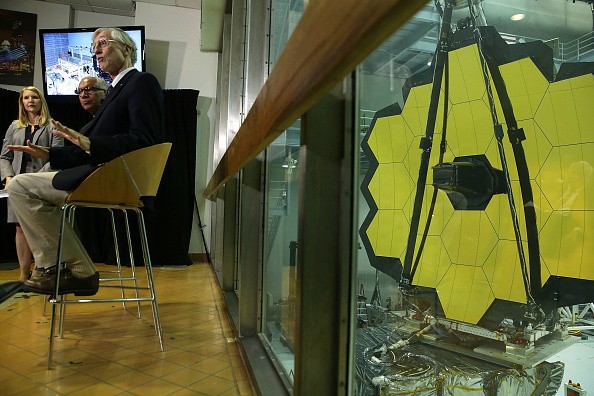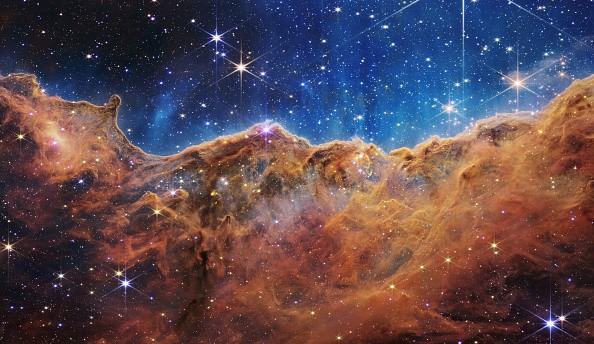MIT warned that the NASA James Webb Space Telescope might be too advanced for data interpretation.

This giant space telescope is indeed the most efficient tool of the international space union when it comes to capturing heavenly body images.
Previously, many people became very excited after NASA posted deeper space images captured by JWST. The detailed photos were enough to make your jaw drop.
But, it seems like being too advanced has its downsides.
The Massachusetts Institute of Technology conducted a new study to explain why James Webb Space Telescope can lead to data misinterpretation.
MIT Says NASA James Webb May Be Too Advanced
MIT worked together with other universities, such as Harvard-Smithsonian Center for Astrophysics, Tomsk State University, and other educational institutions, to publish their new study.

The latest research, "The impending opacity challenge in exoplanet atmospheric characterization" was published in the Nature Astronomy journal on Sept. 15.
Based on their findings, NASA's JWST may be too advanced for the space organization's existing decoding tools.
CNET reported that the James Webb Space Telescope is a zero-to-100 scope upgrade. But, data misinterpretation can happen if the dataset decoding tools are not enhanced to zero-to-100 as well.
Traditional Decoding Tools are Outdated?
MIT News explained that the traditional tools used to decode light-based signals might not be good enough to decode JWST's datasets efficiently.
Because of this, MIT experts claimed that an order of magnitude may misinterpret the temperature, pressure, and elemental composition of captured space objects.
"There is a scientifically significant difference between a compound like water being present at 5 percent versus 25 percent, which current models cannot differentiate," explained Julien de Wit, the co-leader of MIT's new study.
If you want to learn more about the latest findings of MIT regarding NASA's JWST, you can visit this link.
In other stories, JWST's first-ever exoplanet image was captured, setting a new historical milestone.
On the other hand, the new USPS NASA James Webb stamp was launched.
For more news updates about the James Webb Space Telescope and other advanced NASA space tools, keep your tabs open here at TechTimes.
Related Article : NASA's James Webb Space Telescope Captures the Sharpest, Most Detailed Image of the Orion Nebula
This article is owned by TechTimes
Written by Griffin Davis
ⓒ 2025 TECHTIMES.com All rights reserved. Do not reproduce without permission.




